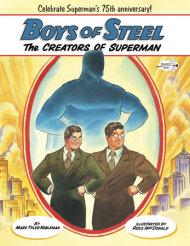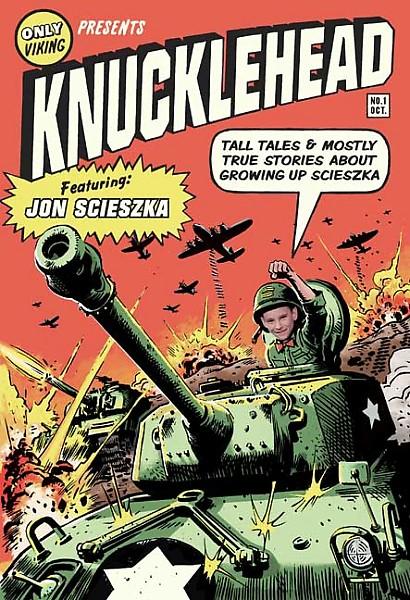But there are so many people out there doing so many other things. And many of them are featured in AASL's Knowledge Quest. I am only just now getting to the 2014 issues, and every other article causes me anxiety - again, because all of the stuff I'm NOT doing. But then, there's a lot of stuff I just don't have ... a single school, a flexible schedule, enrichment blocks, enough computers for an entire class to use, a budget for more than 50 books ... the list goes on and on.
So I'm going to think in terms of baby steps. Realistically, what are some best practices and innovative ideas that I can incorporate into my libraries?
Gold stars for me!
As I went through a few very old issues that I had read last summer but not yet recycled, I came across several suggestions that I had already adopted:
 |
| en.paperblog.com |
- After reading Andy Plemmons' article about building participatory culture in the Sept/Oct 2012 issue, I had my 5th-graders go through publisher catalogs and compile wish lists this past spring. They found a ton of stuff I hadn't even heard of; books/series with multiple requests bumped some of my previous choices off my order - I want items that the kids themselves have asked for! Fingers crossed that 6th-grade circulation numbers will go up this year.
- I had decided to move biographies of sports figures and explorers to 796 and the 900s, respectively, a couple of years ago. After reading the Nov/Dec 2013 issue about rethinking Dewey, I tackled more sections, integrating fairy tales and poetry into the E and FIC sections, and, conversely, pulling all of the holiday books scattered across multiple sections into one new H call number. "Scary" books also got put into their own bucket and had their call numbers updated. I have stopped looking at any digits beyond the decimal, and the 796 section is now in alphabetical order by sport instead of author.
- Finally, I took to heart Holli Buchter's finding that "Kindergarten students prefer nonfiction materials to picture story books at a ratio of 9 to 1" and put a lot more nonfiction books out for them to choose from on their circulation days. Sure enough, there are rarely any books about animals (the bulk of my early nonfiction, or NF section) left on the tables after checkout.
What's Next?
As mentioned above, I teach at two schools; I'll be returning for my fourth year at one, but, thanks to a restructuring of the schedule, starting new at the other. This is also causing anxiety. Luckily, the principal has already been friendly and supportive, and several people in the district have told me they think the new school will be a good fit for me. But I am still walking into a new space and meeting 300 new kids and 25 new faculty members.
In the March/April 2014 issue, Jessica Gilcreast outlines her goals for her first few years in a new school. I am trying to accept that, like her, "There were a million things I wanted to change, and a million and one things I wanted to do, but I knew I had to be methodical and organized." So here's how she set her goals:
- Year 1: Weed, rearrange, build relationships, write a grant.
- Year 2: Continue weeding, provide teachers with PD opportunities focused on using a new SMART board, create a tech space for said board, write a grant, add multicultural books to the collection
- Year 3: Work with teachers in grade-level meetings to increase collaboration, write a grant
- Year 4: Run the book fair and create related reading events
- Years 5 and 6: Focus on staff PD, literacy events, ditching Dewey
After all of these changes, she notes, "No longer was I merely the provider of a prep period for teachers; the school library had become an extension of the classroom." I'll get there eventually. Baby steps.



























